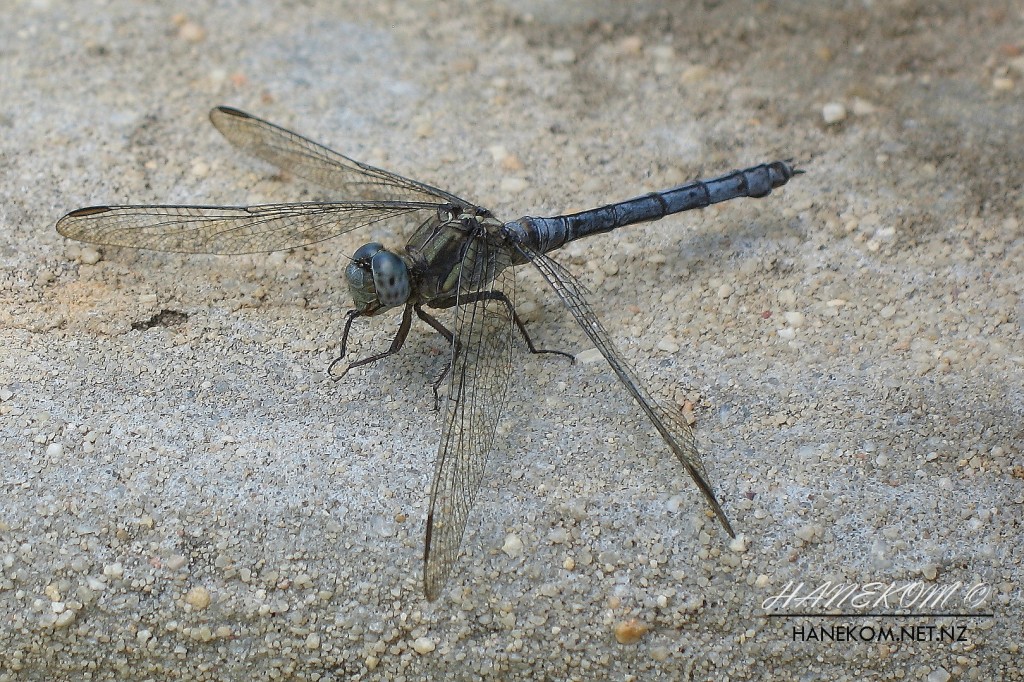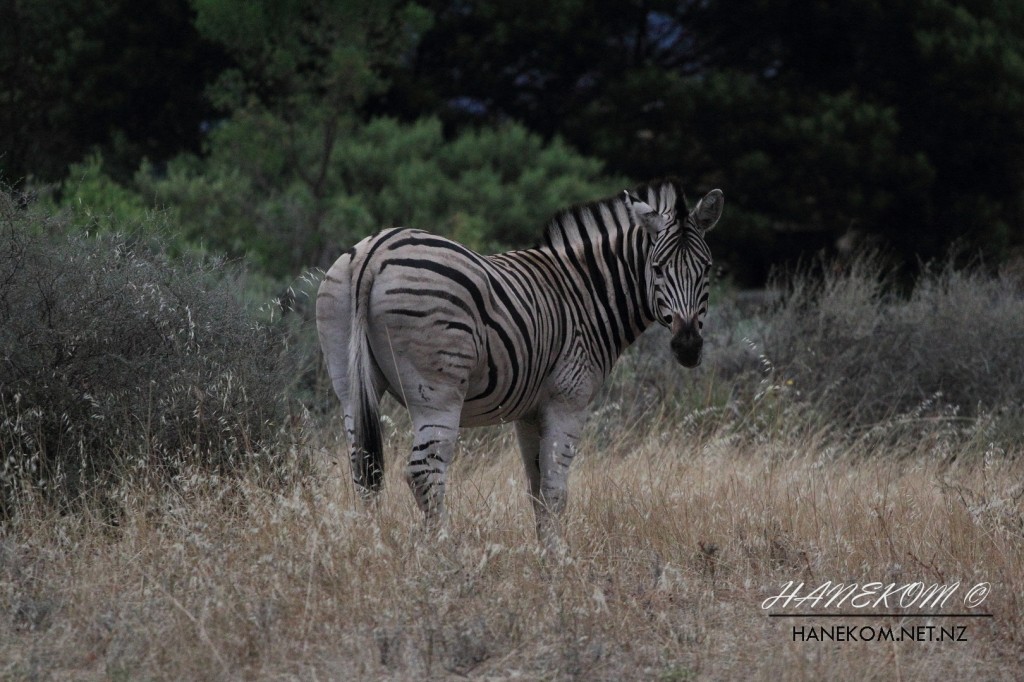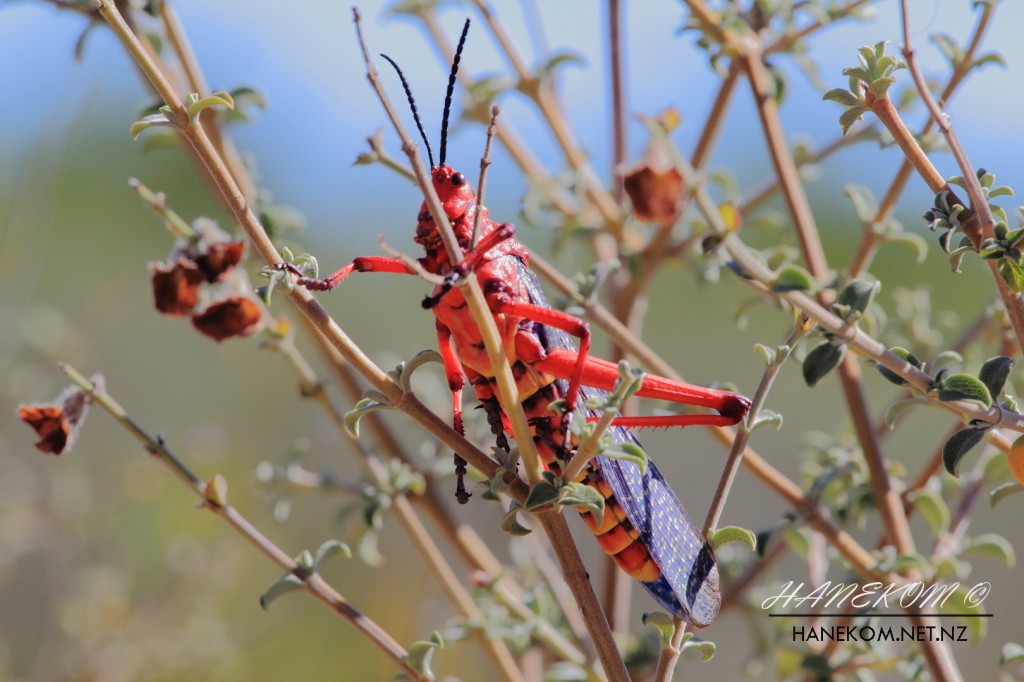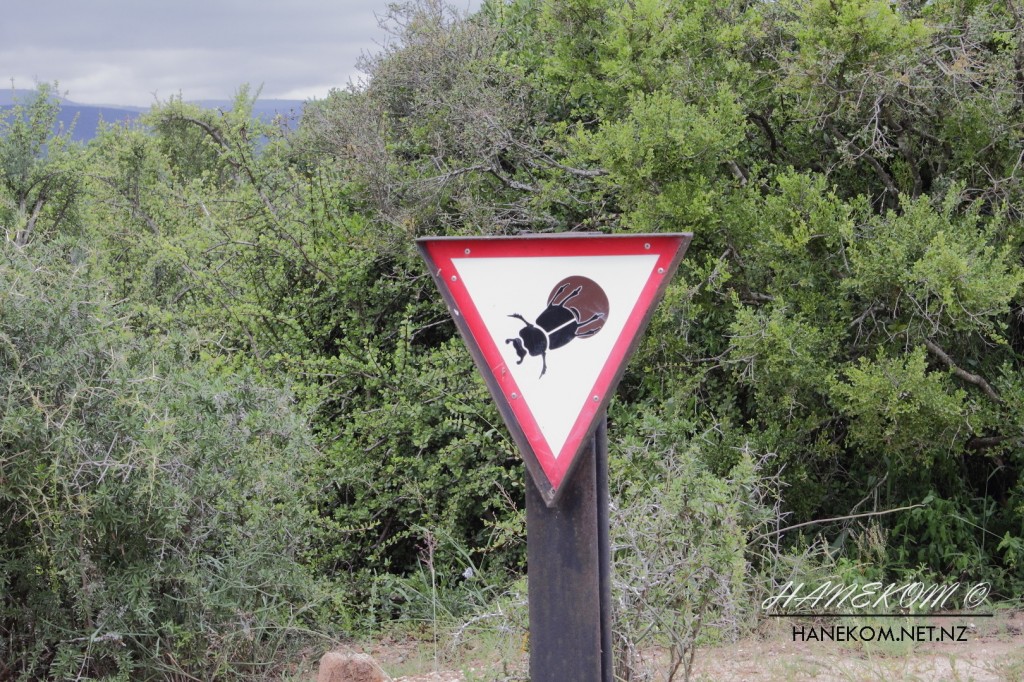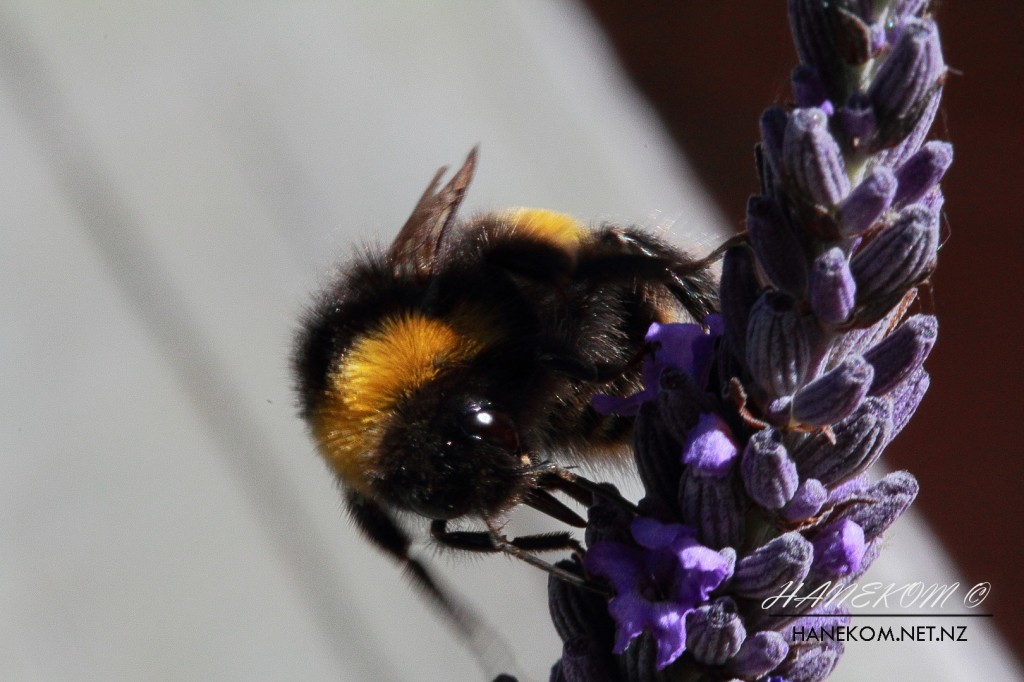Written records show that honey was used to treat infected wounds more than 2,000 years before it was known that bacteria caused infections.
Honey produced by the honey bee (Apis mellifera) is one of the oldest traditional medicines for a number of human ailments and it can even be effective on antibiotic-resistant strains of bacteria.
The antimicrobial activity in most honeys (that has not been heat treated) is due to an enzyme Glucose Oxidase that catalyses glucose to form hydrogen peroxide. Certain types of nectar like manuka also have antibacterial properties that can act in addition to the hydrogen peroxide or on its own.
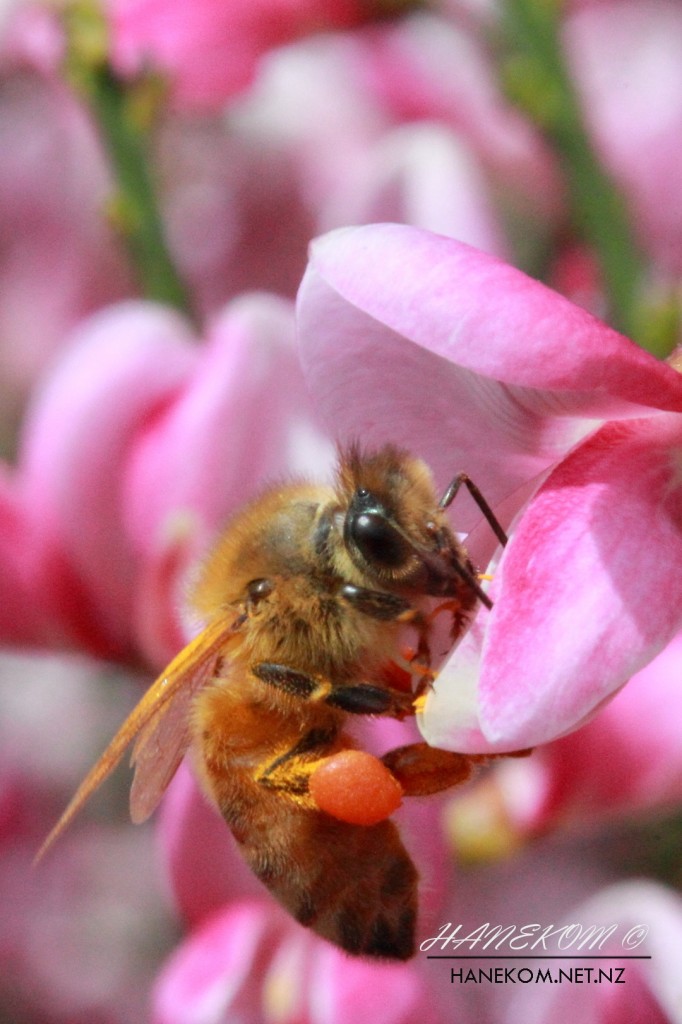
(#53 of 100)
